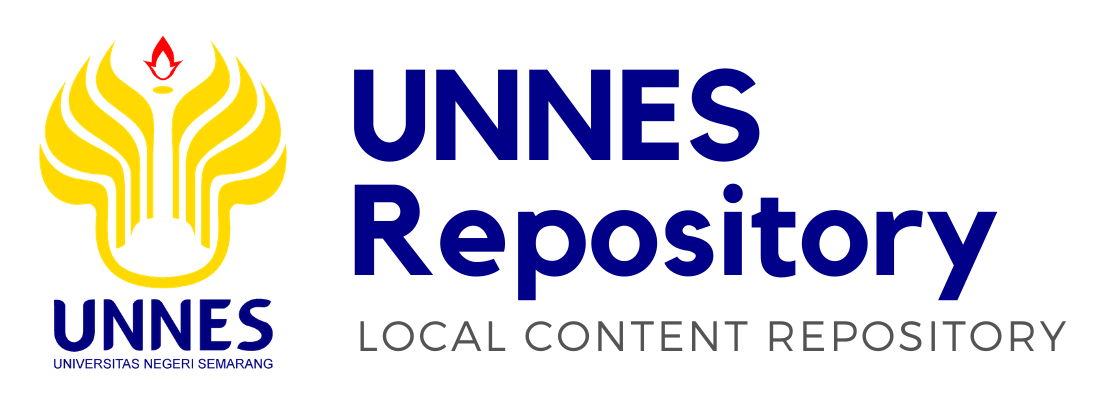The Study on Interpersonal Meanings in Javanese Wedding Pranatacara Genre
Sukarno, 2201601006 (2007) The Study on Interpersonal Meanings in Javanese Wedding Pranatacara Genre. PhD thesis, Universitas Negeri Semarang.
Preview |
PDF (The Study on Interpersonal Meanings in Javanese Wedding Pranatacara Genre)
- Published Version
Download (1MB) | Preview |
Abstract
The study attempts to investigate the interpersonal meanings of monologue produced by a pranatacara in a wedding reception with four research questions, i.e. (1) What are the communicative purposes of the Javanese wedding pranatacara genre to reflect the interpersonal language metafunction? (2) How is the genre of Javanese wedding pranatacara structured to reflect the interpersonal language metafunction? (3) What linguistic features are used in the genre of Javanese wedding pranatacara to reflect the interpersonal language metafunction? (4) Why do the linguistic features used in the genre of Javanese wedding pranatacara need to be preserved? A wedding reception of the marriage between S. Aji Nugraha and L. Yekti Nugraheni in May 2007 was videotaped and recorded focusing on the monologue produced by Mr. Sudiono as the pranatacara. The monologue text was then transcribed employing the standard system of Javanese spelling and translated into English accordingly as text fragments in the data analysis. As well, it was also made in visible speech, employing Cool Edit Pro 2.0 to segment the data, after which it was converted into MP.3 using VCD Cutter 4.0 software resulting in the spectrograph of the segmented data. The corpus data were analyzed in terms of its communicative purposes employing the Appraisal Theory, an extension of the Theoretical Framework of Halliday’s Systemic Functional Linguistics with respect to its interpersonal domain of meanings. The generic structure of the text was also analyzed and described in terms of obligatory and nonobligatory stages. In addition, the data was analyzed in terms of linguistic features by means of standard grammar of Javanese at phonological, morphological and syntactical levels. The study reveals that the communicative purposes of monologue produced by the pranatacara are to inform the audience of the on-going activities, and to direct the people on duty stage by stage with respect to such activities. Meanwhile, the generic structure of the monologue consists of ^opening^itemizing^transitioning 1-n^closing. This generic structure applies in any pranatacara discourse. With respect to the Javanese Grammar, the language used in pranatacara discourse covers, with equal significance, all the three levels of micro-linguistics, namely phonological, morphological and syntactical levels. At the phonological level, the monologue is presented with a different variety of stress and intonation patterns as shown in the spectrograph of the segmented data, which clearly indicate significance difference from those used in daily exchanges. Similarly, at the morphological level, the Javanese used in pranatacara discourse makes use of archaic words of both mono-and poly-morphemic types. Most attitudal attributes are of positive types which flavor the positive attitudes for either judgment (of people) or appreciation (of things) according to the Appraisal Systems, thereby contributing to positive interpersonal meanings to the audience and individuals on duty in the wedding reception. Furthermore, at the syntactic level, the study reveals that most sentences are either compound or complex sentences. The simple sentences are always, elaborated, extended and enhanced by means of circumstantial elements. A good oral performance of the pranatacara contributes significantly to the interpersonal meanings to the reception where everyone feels to be united in a happy atmosphere. However, the most important of all is the accompanying Javanese music of gamelan without which the pranatacara will not be able to perform his duty. The Javanese music greatly contributes to the stress and intonation patterns of the oral performance of the pranatacara, thereby conditioning elegance of both situational and cultural contexts. Finally, the linguistic features and all the accompanying elements should be maintained such as a means of preservation of Javanese cultural heritage at philosophical level otherwise such a unique and highly valued culture contained in the Javanese language of Pranatacara discourse will lose its generic spirit. However, it is still possible to modify some items within the reception as a kind of ‘flavor’ to the archaic situation in accordance with the modern era. The modified items should belong to non-obligatory stages. The philosophical statement of the study is that the Javanese language used in pranatacara discourse is different from that used in daily exchanges. This has pedagogical implication that individuals with such skills are not inborn. Rather, a special training is required of anyone who wants to be a good pranatacara.
| Item Type: | Thesis (PhD) |
|---|---|
| Uncontrolled Keywords: | Genre, Communicative Purposes, Generic Structure, Linguistic Features, Appraisal System, Systemic Functional Linguistics |
| Subjects: | P Language and Literature > PE English |
| Fakultas: | Pasca Sarjana > Pendidikan Bahasa Inggris, S3 |
| Depositing User: | budi Budi santoso perpustakaan |
| Date Deposited: | 27 May 2013 02:29 |
| Last Modified: | 27 May 2013 02:29 |
| URI: | http://lib.unnes.ac.id/id/eprint/16860 |
Actions (login required)
 |
View Item |
